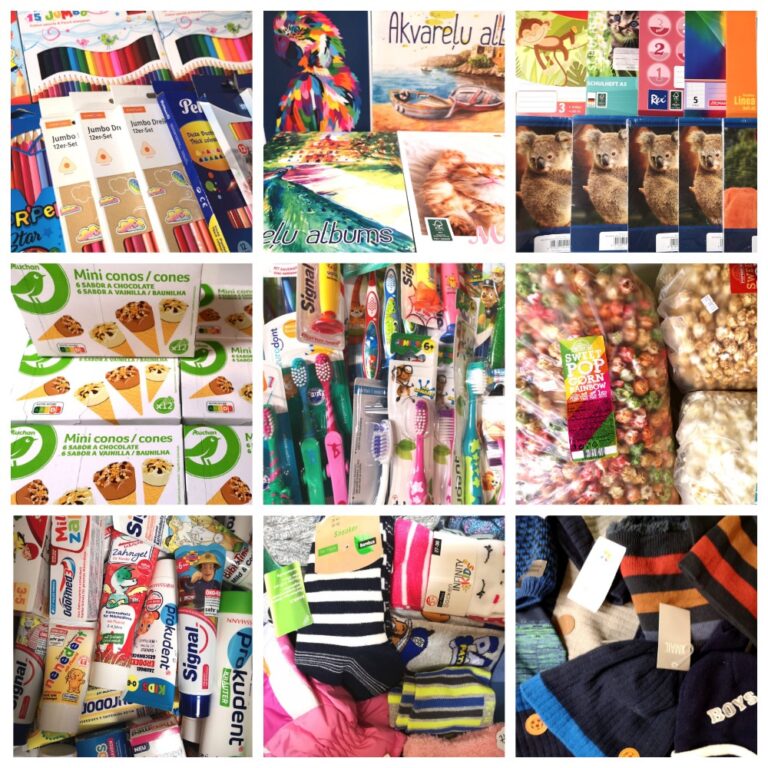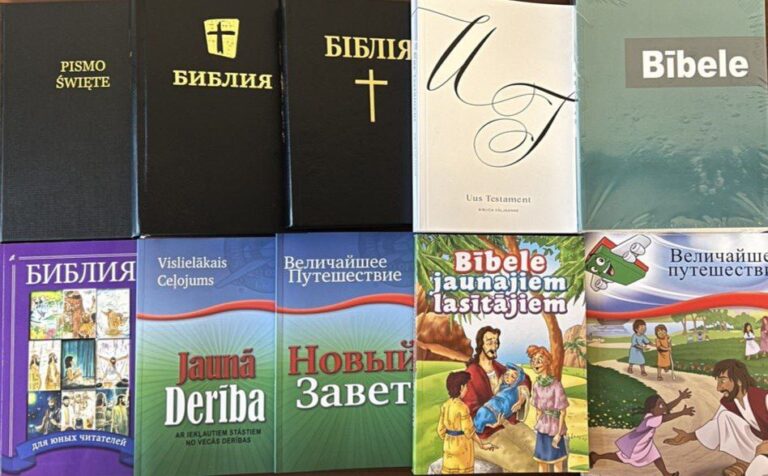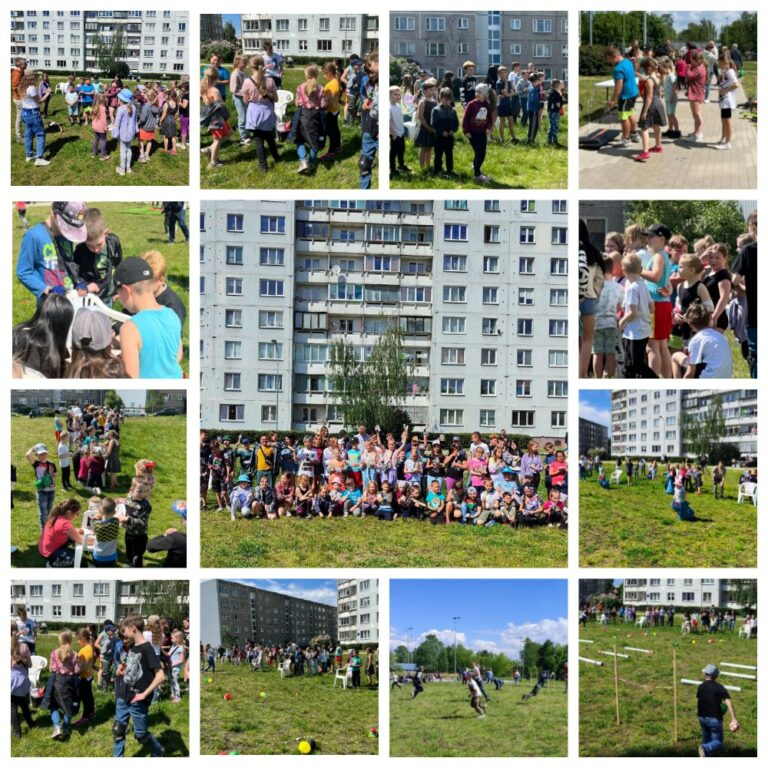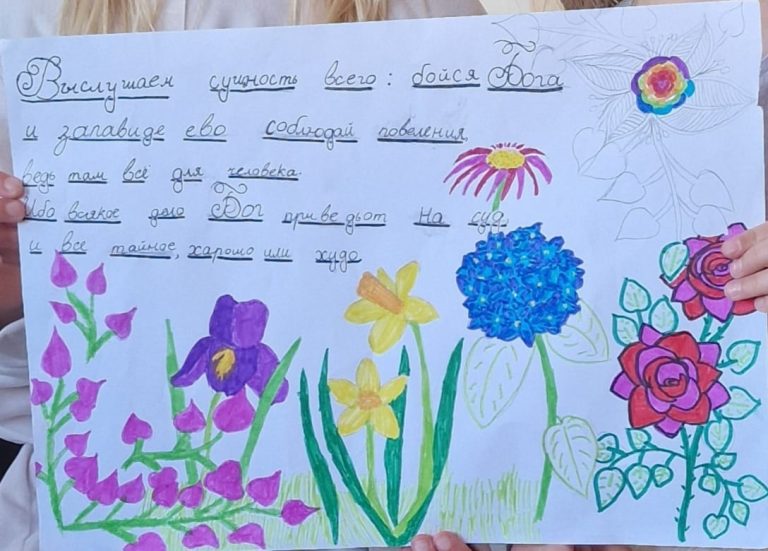In this article, I’ll share principles for organizing a Bible lesson and my teaching experience. I hope that those planning and wanting to start this ministry will find it much easier and more successful after reading the tips and instructions below.
Before planning a single lesson, you need to have an idea of how many lessons there will be. A single Bible lesson is part of a larger program that encompasses many meetings and activities. Even if your curriculum consists of just two Bible lessons, it’s important to define the goal of what the students will have in their minds and hearts upon completion of the curriculum. For example, the goal of the program might be for students to be able and willing to thank and love God, or perhaps to overcome fear and not be afraid to share their faith. Each lesson in the program should achieve this larger goal. Note that the goal shouldn’t be to cover the Bible stories in chronological order. This approach can only be a tool for achieving a goal, not the goal itself.
Once you’ve established the overall goal of your curriculum, you can begin planning your Bible lesson. When planning a lesson, you need to identify the central idea, the truth you need to convey to the children. This truth should be clearly and concisely stated in a single sentence. For example: God is the creator of all things; God forgives sins; Jesus is our Savior; We must love God with all our hearts.
Then the entire lesson should be built around this central truth. The more you understand how much the children need to accept this truth, the better and more vividly you’ll convey it to them.
Once you’ve identified the central truth, you need to recall and select a Bible story that best reveals it. Sometimes you can use an interesting story about a Christian who lived long before us or is today. Try to repeat the central truth as often as possible, at appropriate moments in the story and throughout the lesson itself.
The chosen central truth and Bible story form the cornerstone of the entire Bible lesson. They can be used to plan songs, games, crafts, prayer, and other various activities. All activities should emphasize and reinforce the central truth in the children’s memories and hearts. For example, if the central truth of the lesson is that we should not hold grudges and forgive others because God has forgiven us, then the activities could include: in prayer, thanking God for forgiving us and asking God for forgiveness for being offended; during crafts, making a beautiful craft and inviting the children to give it to someone who has upset them as a sign of forgiveness; an active game could focus on teaching the children not to hold grudges over losing or against strict rules; and a quiz could be filled with questions about the lesson learned, the ability to forgive, and not hold grudges.
Once you’ve identified all the activities that will be included in your Bible lesson, you need to wisely arrange them in the correct order and allocate the necessary time for each. In other words, you need to create a lesson plan. For example, a lesson plan might look like this:
- Welcome 5 min
- Activity – Introduction to the lesson topic 10 min (optional)
- Prayer 1-2 min
- Activity – Singing/Game 5 min
- Bible Story 10-15 min
- Activity – Quiz/Game 10 min
- Activity – Craft 10-15 min
- Prayer 1-2 min
- Refreshments and end of lesson
I hope these tips will make it easier for you to organize and conduct a Bible lesson. Keep in mind that the examples I’ve provided are more appropriate for children aged 7 to 12. However, the principle of organizing the lesson remains the same for both children and teenagers. Finally, never forget to pray, for only the Lord will help you overcome all challenges and give you the wisdom to convey the truth to the children.





